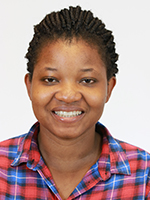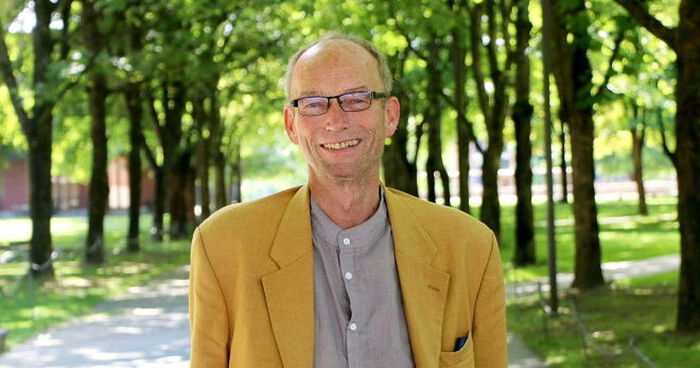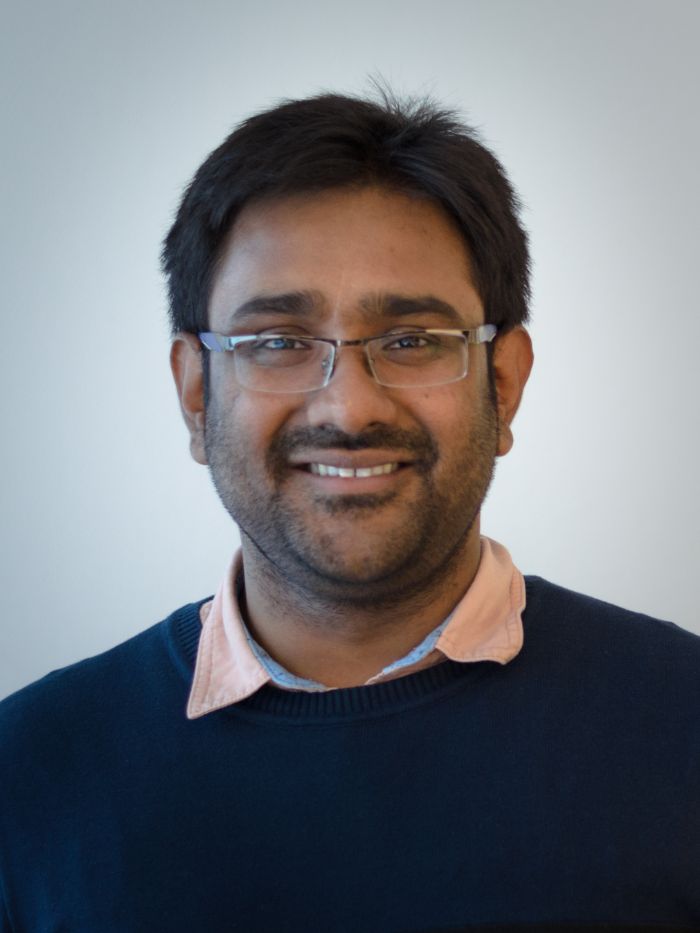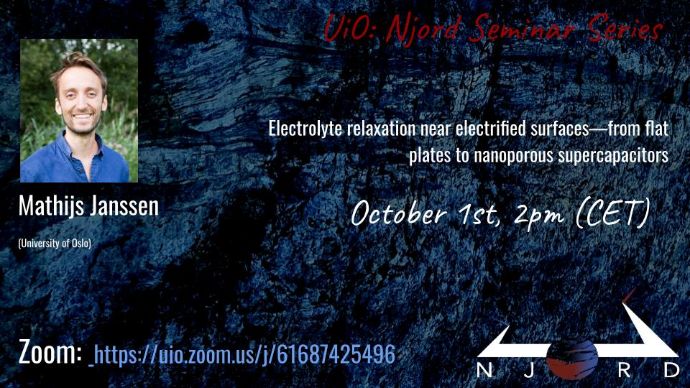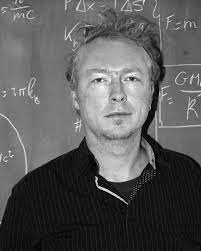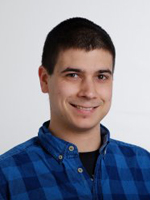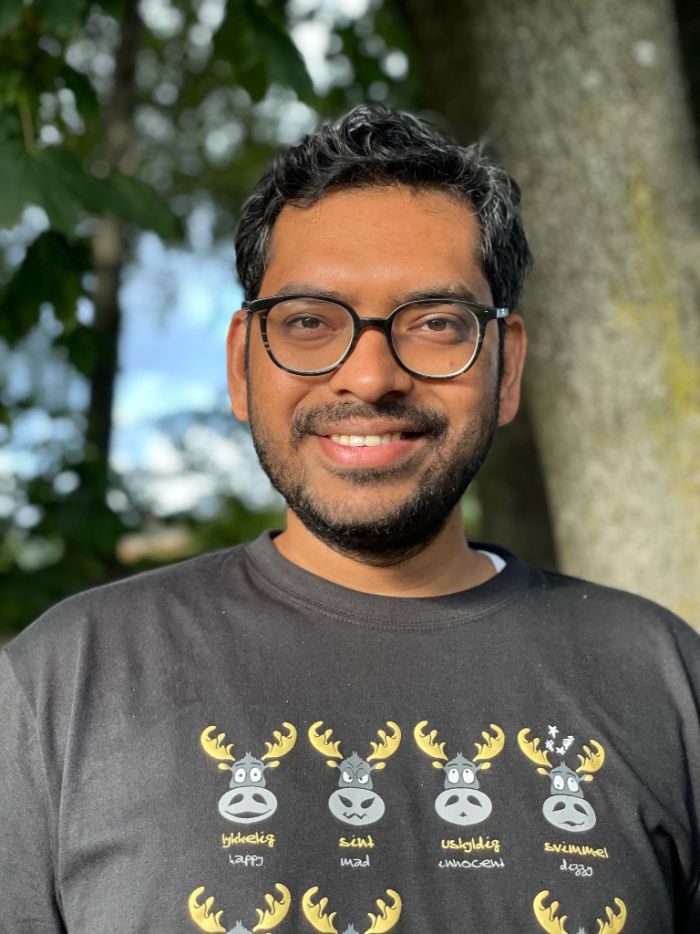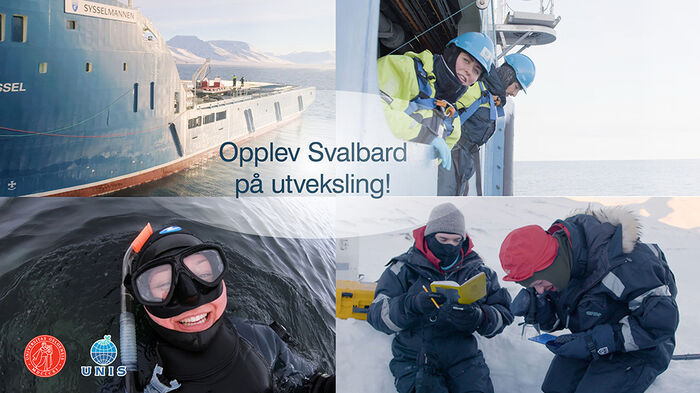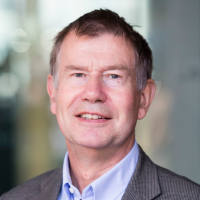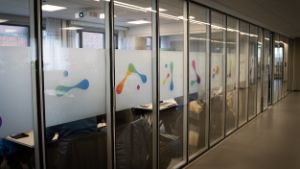Previous events - Page 96
Abstract: My soft matter research group investigates the autonomous transformation of phospholipid agglomerates into membrane compartments through a sequence of topological changes on solid interfaces. This process is initiated by contact and wetting of artificially created as well as natural surfaces by the lipids, and proceeds via a network of interconnected lipid nanotubes to produce nearly uniform lipid bilayer compartments. Under minimal assumptions it is conceivable that such process could have occurred on the early Earth, where the autonomous formation of simple membrane compartments is presumed to have enabled encapsulation of nucleotides and prebiotic chemistry precursors. According to the currently accepted “bulk hypothesis”, such compartments have spontaneously formed under moderate environmental conditions from lipids suspended in bulk aqueous medium. Only very recently, surfaces have emerged as potential supporting structures for the self-assembly of prebiotic compartments. In my talk, I will report on new evidence for the involvement of surfaces in protocell nucleation and development. The talk will highlight the implications of the new findings for our understanding of possible origin of life processes, and argue that materials properties-driven autonomous processes on solid interfaces might have greater role in the development of life than currently considered.
Stable polynomials are a multivariate generalization of real-rooted univariate polynomials. This notion of stability for hypersurfaces can be extended to lower-dimensional varieties, giving rise to positively hyperbolic varieties. I will present results showing that tropicalizations of positively hyperbolic varieties are very special polyhedral complexes with a rich combinatorial structure. This, in particular, generalizes a result of P. Brändén showing that the support of a stable polynomial must be an M-convex set.
by
Quentin Brissaud
From Norsar
Hosted by Valerie Maupin
A tale of six diatoms: an insight into the taxonomy of Arctic diatoms from different sea-ice communities and their physiological response to climate change
Doctoral candidate Nancy Saana Banono at the Department of Pharmacy, Faculty of Mathematics and Natural Sciences, is defending the thesis "Functional analysis of psychiatric risk genes in zebrafish (Danio rerio): a focus on the L-type voltage-gated calcium channel subtypes Cav 1.2 and Cav 1.3" for the degree of Philosophiae Doctor.
Title: IPCC-AR6 Chap. 6: Short-lived climate forcers
Speaker: Terje Berntsen, University of Oslo
Joao Inacio is MSc student CS:Physics 1st year. After the seminar we will have pizza.
The Information System Seminar Series features, Thomas Hylland Eriksen, Professor of Social Anthropology, UiO
Doctoral candidate Souvik Bose at the Institute of Theoretical Astrophysics, Faculty of Mathematics and Natural Sciences, is defending the thesis "On the dynamics of spicules and mass flows in the solar atmosphere" for the degree of Philosophiae Doctor.
Marginal maximum likelihood estimation of longitudinal latent variable models for ordinal observed variables is challenging due to the high latent dimensionality required to accurately model residual dependencies for repeated measurements. We use second-order Laplace approximations to the high-dimensional integrals in the marginal likelihood function for longitudinal item response theory models and implement an efficient estimation method based on the approximations. The method is illustrated with items from the Montreal Cognitive Assessment, administered at four time points in a Hong Kong study of aging and well-being. We discuss the limitations of the proposed estimation method and outline a potential extension to the approach that uses a dimension-reduction technique.
This week we have the pleasure of having Anne Marthine Rustad and Signe Riemer-Sørensen from SINTEF and the Mathematics and Cybernetics department.
SINTEF is a very important employer in our field of study and we look forward to hear about exciting research and job possibilities. Earlier this semester we forwarded several summer job options from SINTEF.
Mathijs Janssen (University of Oslo): Electrolyte relaxation near electrified surfaces—from flat plates to nanoporous supercapacitors
Hylleraas seminar, hosted in Oslo
PhD candidate Johannes C. Rusch at the Department of Biosciences will be defending the thesis "Environmental DNA (eDNA) monitoring of two different freshwater host-pathogen complexes in the interface between nature and aquaculture" for the degree of PhD.
Welcome to our GEOHYD Lunch Seminar Friday 1th of October @ 12:15 in Aud. 2, Geology building or via videolink using Zoom. The seminar is helt by Andreas Alexander, Dept. of Geosciences.
Welcome to our GEOHYD Lunch Seminar Friday 1th of October @ 12:15 in Aud. 2, Geology building or via videolink using Zoom. The seminar is helt by Andreas Alexander, Dept. of Geosciences.
Dr. Avijeet Prasad, Rosseland Centre for Solar Physics (RoCS), UiO.
In a famous paper, Geir Ellingsrud and Stein Arild Strømme use the Atiyah-Bott localization theorem in equivariant cohomology to compute the number of complex twisted cubics on a complete intersection. Motivated by results from A1-homotopy theory there is a new way of doing such enumerative counts which works over an arbitrary base field, not only the complex numbers. Recently, Marc Levine proved a version of Atiyah-Bott localization for this new way of counting.
In the talk I will recall the classical Atiyah-Bott localization theorem and explain how one can use it in enumerative geometry. Furthermore, I will explain how this new way of counting works and present some results about twisted cubics on complete intersections counted this way. This is based on joint work with Marc Levine.
by
James Head
From Brown University
Hosted by Stephanie Werner
Title: IPCC-AR6 Chap. 5: Global carbon and other biogeochemical cycles and feedbacks
Speaker: Joeri Rogelj, Imperial College London
Go on exchange to the world's northernmost campus, 78 ° north! As a science student at UiO, you can take courses at the University Center on Svalbard (UNIS) as part of your degree.
Philip Sørli Niane is master of Science student in CS:physics, 2nd year. Pizza thereafter and plenty of time for discussions. This is also a topic of interest for potential master of science thesis projects.
The Information System Seminar Series features, Michael D. Myers, Professor of Information Systems in the Department of Information Systems and Operations Management at the University of Auckland Business School, New Zealand
Statistics courses typically come in two different flavors:
1) A first type of course seeks deep understanding based on mathematical reasoning and proofs.
2) A second type of course focuses on practical applications, primarily based on fixed recipes without delving into underlying details.
3) I will here propose a third way, which seeks understanding of fundamental concepts, but through programming and simulation instead of mathematical proofs. This third way is thus geared towards students that have a stronger background in programming than mathematics, and that seek to understand the fundamentals as a basis for developing statistical analyses and data science methodology. This third way would also exploit its basis in programming to promote self-driven exploration, drawing inspiration from how computing has been integrated into science education through the long-running CSE initiative. I will provide examples ranging from how to explore the central limit theorem to performing Bayesian marginalization.
Evidence of Early Triassic members of the family Mixosauridae from the Lower Saurian, Svalbard

